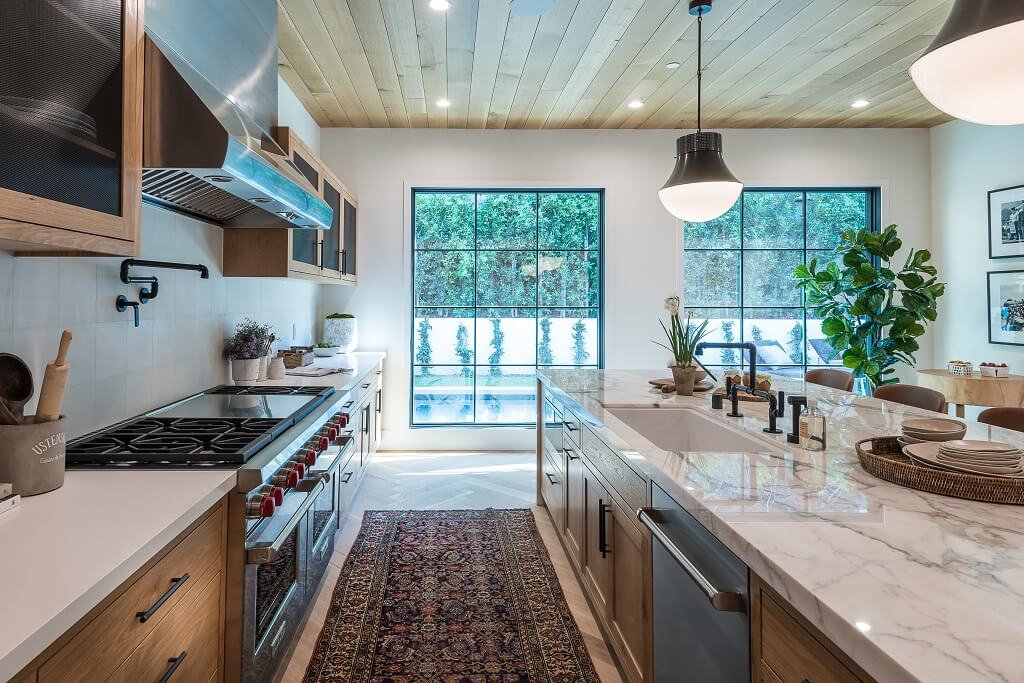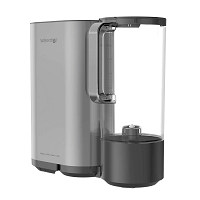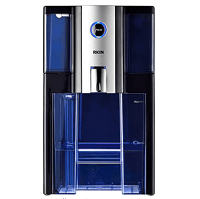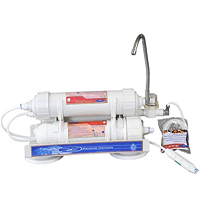Do you know what is in your drinking water? There are over 100 trace contaminants in the average United states drinking water source. Some of these contaminants include arsenic, lead, radionuclides, and other chemicals. You may even find lead in the drinking water from corroded pipes in some areas.
The EPA does regulate some of the contaminants by ensuring water suppliers filter them out; however, some are not. As a result, some sediments, bacteria, and chemicals don't get removed from your building's water supply, but there is a way you can have cleaner and clearer drinking water in your home.
If you have stumbled upon this buyers guide, you are probably already worried about your home's water quality. What can you do to better your drinking water supply? Is there a way to make safe, clean, and healthy drinking water? Yes! Through reverse osmosis.
What is Reverse Osmosis?
The concept of reverse osmosis is the process of removing contaminants from unfiltered water. High pressure forces the water through a semi-permeable membrane to push the water from the side with the most contaminants of the RO membrane to the side with the lesser amount of contaminants to deliver clean drinking water. The semi-permeable membrane consists of small pores that prevent contaminants from flowing through the faucet, and only water molecules can. The waste that is left is called brine, and the water delivered is also called permeate.
What is a Countertop Reverse Osmosis System?
Countertop reverse osmosis system is the combination of various stages of reverse osmosis. The water gets cleaned straight from your kitchen countertop in a single compact system. They are so effective that they can remove 99% of dissolved solids from the drinking water. It will not only remove the contaminants but have a better taste and smell.
Reverse osmosis systems usually get installed underneath the kitchen sink, but you will find that countertop reverse osmosis systems are becoming a trend. Not only are they a popular choice among homeowners, but they are thorough, and you won't need to make a hole in your sink or countertop.
How Does a Countertop Reverse Osmosis System Work?
Countertop reverse osmosis water filters have less hardware, and there is no filtered water storage tank, meaning it is a direct flow system and relies on incoming water pressure.
There are two types of Countertop RO systems. It could have a tank that would need to get filled from the portable container, or water comes from the faucet directly. As the water flows through the system, it will go through various filtration stages to produce clean drinking water. Every system will have its own process, but most have the following stages:
- Introduce the water: Water will flow through the sediment pre-filter to remove all the dust, rust, sand, and all other sediments that might be found in the water.
- Filter: The filter will absorb all the chlorine and chemicals out of the water removing the odor and bad taste.
- Reverse osmosis membrane: Next, the reverse osmosis membrane will remove 99.9% of dissolved solids by force.
- Carbon filter: Any sediment left will get filtered out of the water and is known as the post-filter.
- Alkaline remineralization filter: Not all countertop RO systems have this, but those that do will reintroduce healthy minerals back into the drinking water before it comes out of the faucet.
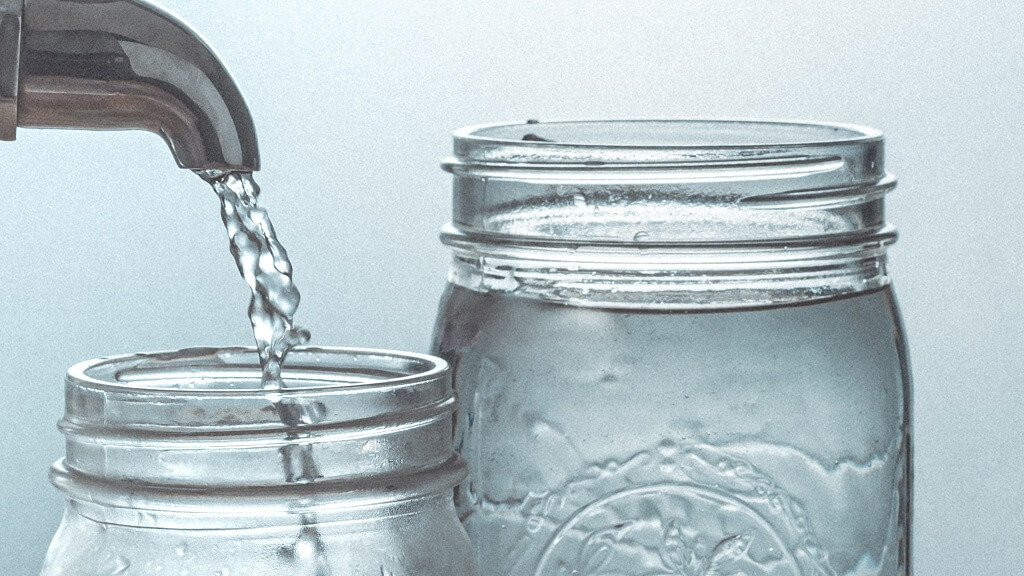
Advantages of Countertop RO Water Filter
There are various advantages of the countertop RO systems. These include:
- Reverse osmosis is a proven method of cleaning water and can remove almost all the contaminants from tap water.
- Filters water quickly.
- The countertop RO system is easy to install, and there is no need to make a hole in your counter for installation.
- The system is portable and can get used in an RV, apartment, even a tiny home kitchen.
- They are low maintenance and affordable.
- Since there is no water storage tank such as those in the under-sink RO water filter, you immediately get water straight from your faucet.
What Are the Best Countertop Reverse Osmosis Systems?
Let’s explore the three best countertop RO systems on the market. Which one will suit your needs?
Waterdrop M5 Countertop Reverse Osmosis Water Filtration System With Portable Water Pitcher
The Waterdrop countertop water filter needs to get connected under the sink to the fresh and wastewater plumbing. If you have a fancy kitchen faucet, this system is the best option for you because it won't interfere with the faucet.
Some key features:
- There is an all-in-one 5-stage filter
- Non-electric pump
- The system is quiet
- Get up to 550 gallons of water (approximately 12 months) before the filter has to get replaced
- Easy installation
- 80oz BPA-free pitcher that can get removed and refrigerated
The great thing about the pitcher is that it will automatically refill with fresh drinking water when you put it back into the filtration system.
The Waterdrop water filter has two layers of sediment membranes, an RO membrane, a carbon block, and a post-activated carbon block layer. More than 1,000 contaminants will get removed, including sand, rust, heavy metals, and chlorine.
Alcapure Countertop Reverse Osmosis Water Filter
The AlcaPure can remove more than 99% of contaminants, including lead, mercury, chlorine, arsenic, and much more! It works using a four-stage filtration system to effectively cleaning drinking water.
Key benefits of AlcaPure:
- 4-stage filtration system
- Zero water waste
- Easy to install and replace the filters
- Alkaline water remineralization to put back healthy natural minerals into the water
Crystal Quest Portable Reverse Osmosis System
The Crystal Quest filtration system is impressive. Not only can it produce more than 2 gallons per hour, but it connects easily to a sink faucet. Use it in a hotel, RV, or anywhere there is a water source.
Key features of Crystal Quest:
- 10-stage filtration system
- Since it doesn't use electricity, it is portable and can get used almost anywhere
- No installation required
- Filter more than 50 gallons of water every day
- Highly affordable and low maintenance costs

